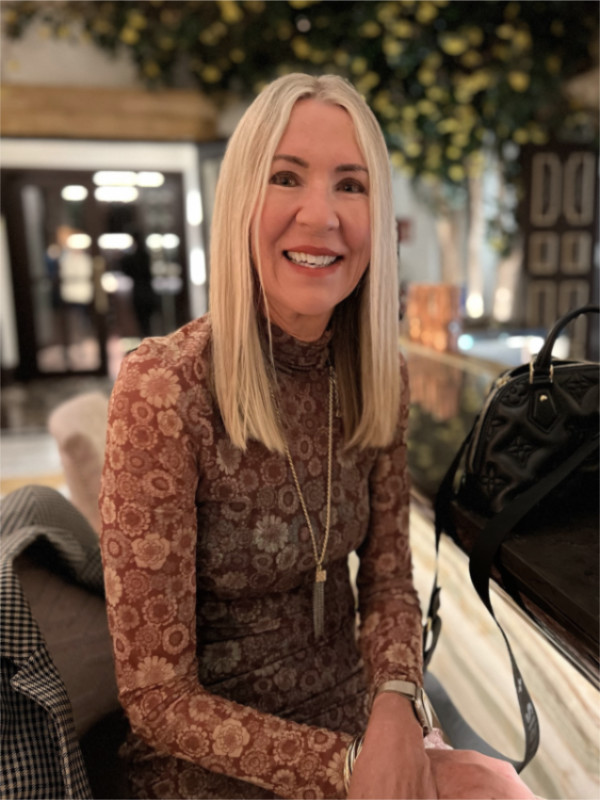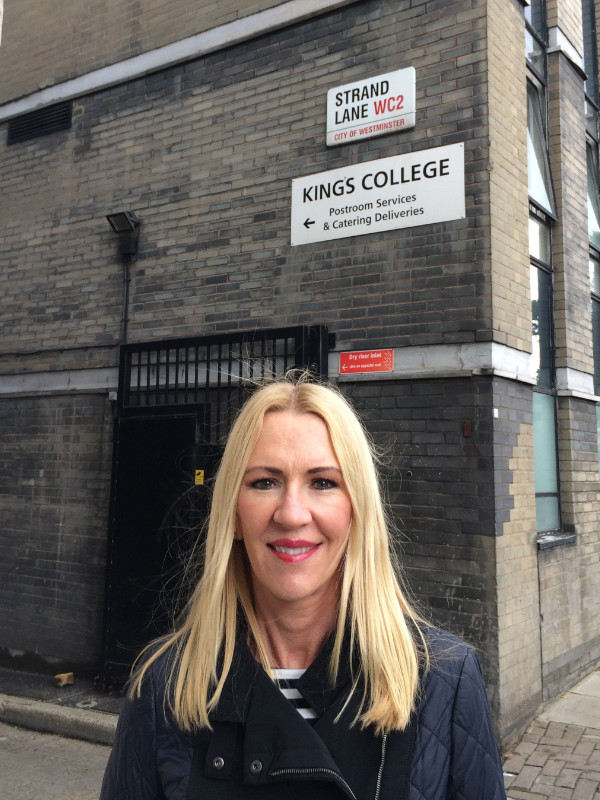Sue Fraser, COSA Breast Cancer Group Chair
Sue Fraser was born in England and came to Australia in the early 1950s. Both her parents were scientists in the fledgling field of DNA, and the family was brought to Victoria by the CSIRO.
Sue said, “We lived in the Western suburbs of Melbourne, and I studied for my medical degree at Melbourne Uni and went on to become a GP. At that time if you wanted to go into general practice, you did the family medicine program but there were no formal exams.”
Sue practiced in Canada and Melbourne and in the late 1970s, after her marriage, she moved to Cairns and set up as a solo GP. “My husband was from a tropical island, and he didn’t like the Melbourne weather,” she said. “There were not many female GPs in Cairns, and I was the only one working full time.”
Cairns first multidisciplinary breast clinic
After working as a GP for 10 to 12 years, Sue sold her practice to focus on women’s health. “Some forward-thinking radiologists and surgeons had set up the Calvary Breast Clinic. It was to be the first multidisciplinary breast clinic in Cairns, and they invited me to be the director. I had three months’ training with Cherrell Hirst but mostly learnt on the job working daily with radiologists, pathologists and surgeons.”
“We offered a unique service, and the Cairns medical people were very accepting and easy to get on board. It was a private clinic, but we had a contract to take public patients too. Queensland Health eventually took over the clinic but closed it down due to financial issues.”
After the clinic, Sue went on to work for BreastScreen and to undertake private work with breast patients. Nowadays she is working part-time and still attends weekly multidisciplinary team (MDT) meetings.

“Some forward-thinking radiologists and surgeons had set up the Calvary Breast Clinic. It was to be the first multidisciplinary breast clinic in Cairns, and they invited me to be the director.
Weekly MDT meetings
“Our MDT meets once a week. We have a radiation oncologist, medical oncologist, radiologist and a physiotherapist who is a lymphedema specialist. The pathologist attends remotely. We mostly see patients with occult breast cancer and the discussion is more around treatment than diagnosis.”
“It is quite intense; we discuss more than 20 patients weekly and we discuss metastatic disease too. We have a clerical coordinator who writes up notes and forwards them to the GPs for the patients’ records.”
“The clinic is there for women with a high risk of breast cancer due to a family history or genetic predisposition. I’ve been looking after some patients for many years.”
Improvements in diagnosis and care
“When I started as a GP if women had a breast lump, they would be referred to a surgeon to have the lump removed. There were no mammograms or ultrasounds. Sometimes they would use a needle to check if it was a cyst, but most of the time there was no pre-operative diagnosis. Women were not sure when they woke up from surgery whether they would have a breast or not.”
“Sometimes they would take a frozen section and check the pathology while they were under. These days we have core biopsies, vacuum-assisted biopsies, MRI, mammography and ultrasound.”
Guidance from breast care nurses
“Now it is no longer just the surgeon, we have multidisciplinary teams making recommendations. Women have a raft of choices, and it can be very confusing, and they need the guidance of breast care nurses. Where previously it was very paternalistic, now women are given choices and are involved in the decision-making.”
"... Women have a raft of choices, and it can be very confusing, and they need the guidance of breast care nurses.”
Breast cancer no longer treated as one disease
Sue remembers the days when survival rates were 75 per cent. “Survival rates are now 90 per cent. We are finding breast cancer early and we are treating it better. We are no longer treating breast cancer as one disease. We are characterising the tumours as ‘good’ and ‘bad’ ones; this is a massive change.”
“Some women choose not to have chemotherapy because of the side effects but there are exciting things happening with immunotherapy offering less toxic and more targeted treatments.”
Reading mammograms for BreastScreen
In the late 1990s, Sue became an accredited non-radiologist reading mammograms for BreastScreen. She estimates she read about 15,000 mammograms a year. These days AI is reading mammograms.
Sue says she can see the benefits of AI in reading mammograms but says, “empathy and relating to patients is an important part of healing. It is not just about knowledge.” She says, “You form bonds with patients. They might remember you for your humour, or for giving them hope and not just information.”
COSA membership
Sue Fraser has been a member of COSA since 2014 and is the Breast Cancer Group Chair. Sue says, “COSA has produced powerful position statements that have influenced peak bodies and government on providing correct care and equitable care. COSA has an important role in advocating for women and for all patients with cancer.”
One of Sue’s COSA highlights was being involved in the Advanced Trainees Weekend Program which preceded the 2016 ASM on the Gold Coast. The theme was ‘Everything You Need to Know About to Breast Cancer’ and Sue gave a presentation on breast cancer diagnosis, imaging and screening.
Sue says, “I enjoyed being able to share knowledge and build a connection with younger people. I was impressed with how much interest there was and how well it was received.”
Image caption: Both Sue's parents were scientists. Her father trained in physics at Kings College in London.
